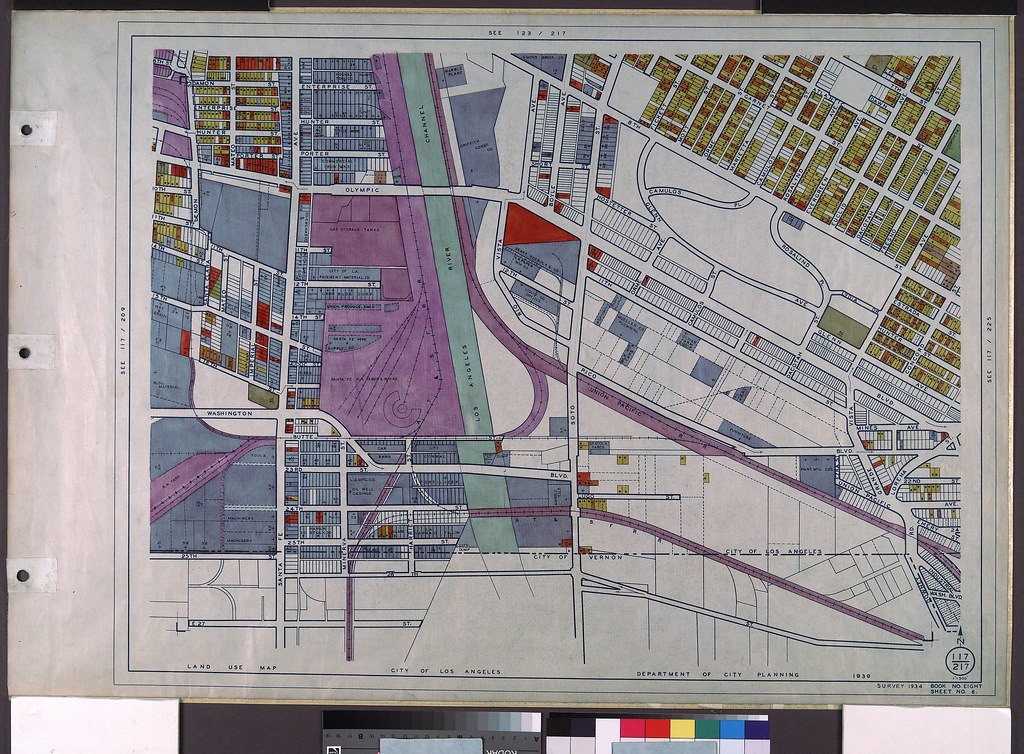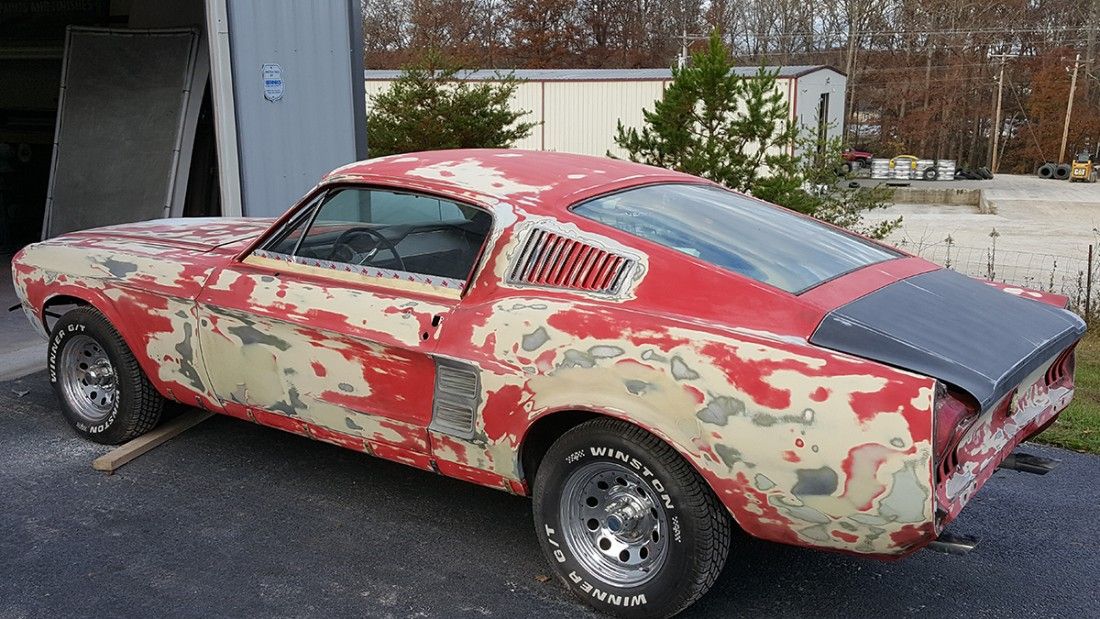Negotiating the purchase of a new vehicle can often feel like a daunting task, a complex dance between excitement for a new ride and the apprehension of a high-stakes financial transaction. Many car buyers dread the back-and-forth process at the dealership, seeing it as an annoying but necessary endurance test. However, with the right strategies and, more importantly, the right words, this experience can transform from a source of stress into a moment of genuine accomplishment and significant savings.
Our team, armed with decades of automotive industry experience, has put together this indispensable guide to empower you. We understand the tactics dealerships employ, and we’re here to equip you with concrete, actionable phrases that cut through the noise, allowing you to confidently negotiate car prices and drive away feeling proud of the deal you’ve secured for your new truck. The difference between an informed buyer and an unprepared one can literally mean thousands of dollars.
This first section will focus on the crucial interactions you’ll have on the sales floor. We’ll explore six powerful phrases that arm you against common salesperson tactics, keeping you laser-focused on the numbers that truly matter and setting the stage for a truly optimal purchase. Get ready to turn the tables and secure the best possible out-the-door price for your dream truck.
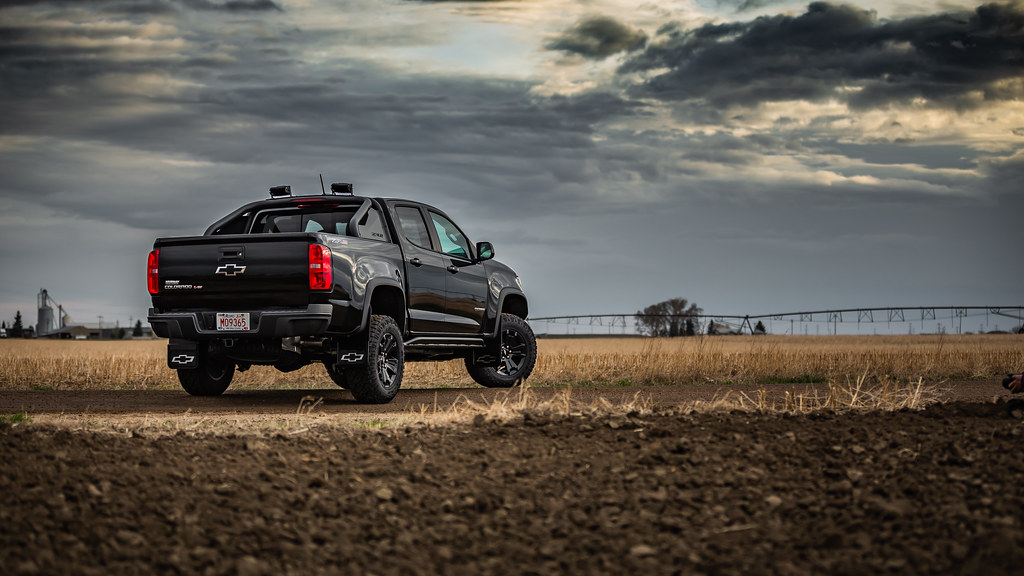
1. **”I’m not concerned with the monthly payment, I am only focused on the total out-the-door price.”**
This phrase is your ultimate shield against one of the most common and effective dealership tactics: diverting your attention to the monthly payment. Salespeople are masters at manipulating this figure by extending loan terms, adjusting interest rates, or subtly altering trade-in values. If they can get you to fixate on a monthly budget, they immediately gain an upper hand, giving them leverage to play with numbers in ways that are rarely beneficial for you, the buyer.
Your core objective in the initial stages of negotiation is to settle on the absolute final price of the vehicle itself. This is the “out-the-door” price, which includes the vehicle’s cost, taxes, and non-negotiable fees. By clearly stating your focus, you establish control and signal that you’ve done your homework. It demonstrates that you understand the crucial distinction between the vehicle’s total cost and the financing details.
Repeating this phrase, or variations of it, reinforces your position. When a salesperson asks, “What do you want your monthly payment to be?” your unwavering response should be to redirect. You’re not there to discuss how many small chunks of money you’ll pay over time; you’re there to determine the total sum of money changing hands for the truck itself. This simple redirection is a cornerstone of smart negotiation, preventing the dealer from obscuring the true cost of your purchase.
By keeping the conversation anchored to the total out-the-door price, you simplify a complex transaction. It allows you to compare offers from different dealerships on an apples-to-apples basis, ensuring you’re evaluating the core value of the truck rather than getting lost in the intricacies of financing structures. This laser focus is essential for saving potentially thousands of dollars.
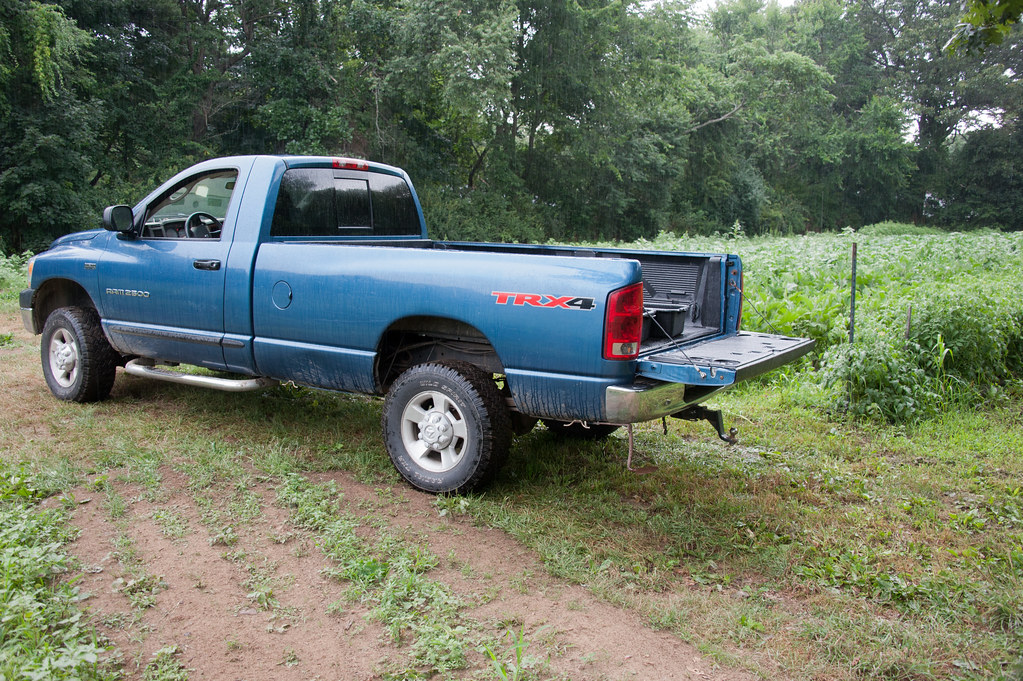
2. **”I haven’t determined exactly how I plan to pay for it. I am only concerned about the total out-the-door price.”**
Following your initial assertion about focusing on the out-the-door price, a salesperson might try to pivot by asking, “So you’re paying cash?” This question is another attempt to gain insight into your financial strategy and find a new angle for leverage. Revealing your payment method too early can either remove a potential incentive for the dealer (if you’re paying cash and they get financing bonuses) or give them clues about your financial comfort zone.
The power of this phrase lies in its elegant deflection. You are not lying; you genuinely haven’t *finalized* the payment method in the context of the dealership’s offer. By stating you haven’t determined your payment plan and immediately bringing the conversation back to the out-the-door price, you maintain an air of financial flexibility and keep the salesperson from speculating on your budget or preferences. This ensures they continue to focus on earning your business based on the truck’s value, not on how they can structure a loan.
This tactic ensures that the salesperson remains dedicated to getting the best possible price for the truck itself, rather than trying to craft a deal that maximizes their commission through financing. It’s about creating a clear boundary: the price of the truck is one negotiation, and how you choose to pay for it is a separate consideration to be addressed once that foundational price is firm. This separation is crucial for your financial well-being.
Empowering yourself with this response prevents the dealership from prematurely steering the conversation into areas that could disadvantage you. It keeps the focus squarely on the problem you’re trying to solve: securing the best price for your new truck. By deferring the discussion of payment methods, you keep more control in your hands, ensuring the dealership must compete on price alone.

3. **”I haven’t decided that yet and I won’t until we establish an acceptable total out-the-door price.”**
After successfully deflecting questions about monthly payments and financing methods, the salesperson might try a different approach, asking, “OK, how much cash will you be putting down?” This is yet another attempt to glean financial information from you, hoping to understand your spending limits or how much flexibility you have in your budget. Giving them this figure prematurely can influence the price they’re willing to offer for the truck.
Your confident and consistent reply reiterates your unwavering focus. By stating that you haven’t decided on a down payment and *won’t* until the out-the-door price is established, you draw a clear line in the sand. You are making it explicit that all financial details related to payment—whether it’s a down payment, monthly installments, or financing—are secondary to the agreed-upon total price of the truck itself.
This powerful statement prevents the salesperson from using your potential down payment as a variable to adjust the truck’s price. If they know your down payment, they might feel less pressure to lower the sticker price, knowing you’re contributing a significant sum upfront. By keeping it undisclosed, you force them to negotiate the base price on its own merits, ensuring you get the best deal before other elements complicate the picture.
Embracing this disciplined approach is vital for any smart truck buyer. It means you are breaking down the complex car-buying process into manageable, sequential steps. First, agree on the fair price of the vehicle; only then should you discuss how you intend to fund that purchase. This systematic negotiation helps you avoid common pitfalls and empowers you to maintain control throughout the entire transaction.
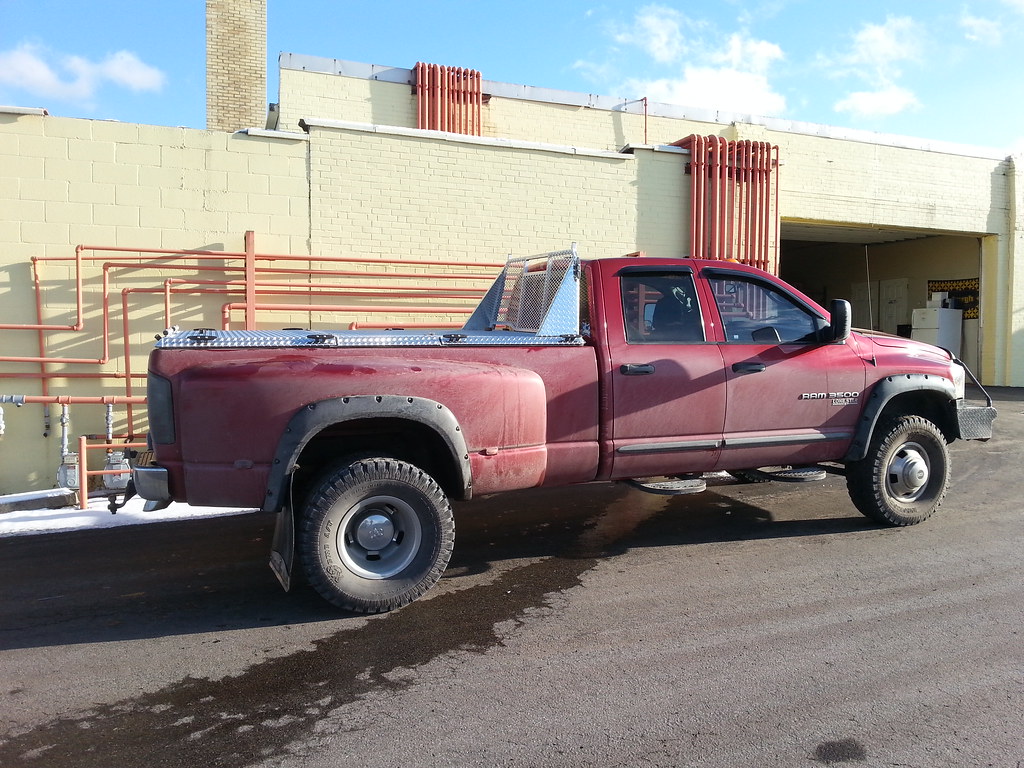
4. **”I haven’t decided yet (about trade-in). We can discuss that as a possibility after we agree to an out-the-door price.”**
One of the biggest mistakes car buyers make is allowing the dealership to combine the negotiation for their new truck with the appraisal and sale of their trade-in vehicle. Salespeople often encourage this bundled approach because it creates an opaque environment where they can shift numbers around, making it harder for you to discern the true value of either transaction. They might offer a higher trade-in value but subtly inflate the price of the new truck, or vice-versa.
This phrase is your declaration that you will treat your trade-in as a completely separate deal. You’re not saying you *won’t* trade it in, just that the discussion is tabled for later. By postponing the trade-in conversation until after the new truck’s out-the-door price is locked in, you ensure that the price you pay for your new vehicle is fair and independent of your old one. This allows for a clear, transparent negotiation on each component.
Focusing on one price at a time—first the new truck, then your trade-in—is a fundamental strategy for smart negotiation. It prevents the dealer from using the trade-in as a smokescreen to obscure the actual cost of your new purchase. Once you’ve secured the best possible price for the truck, you can then pivot to getting the maximum value for your current vehicle, eliminating any intertwined calculations that could disadvantage you.
This actionable advice empowers you to simplify what can be a very convoluted process. By isolating these major financial components, you gain a clearer perspective on each deal. This way, you can confidently assess whether you’re getting a good price on your new truck and a fair value for your trade-in, ultimately leading to greater overall savings and a more satisfying buying experience.
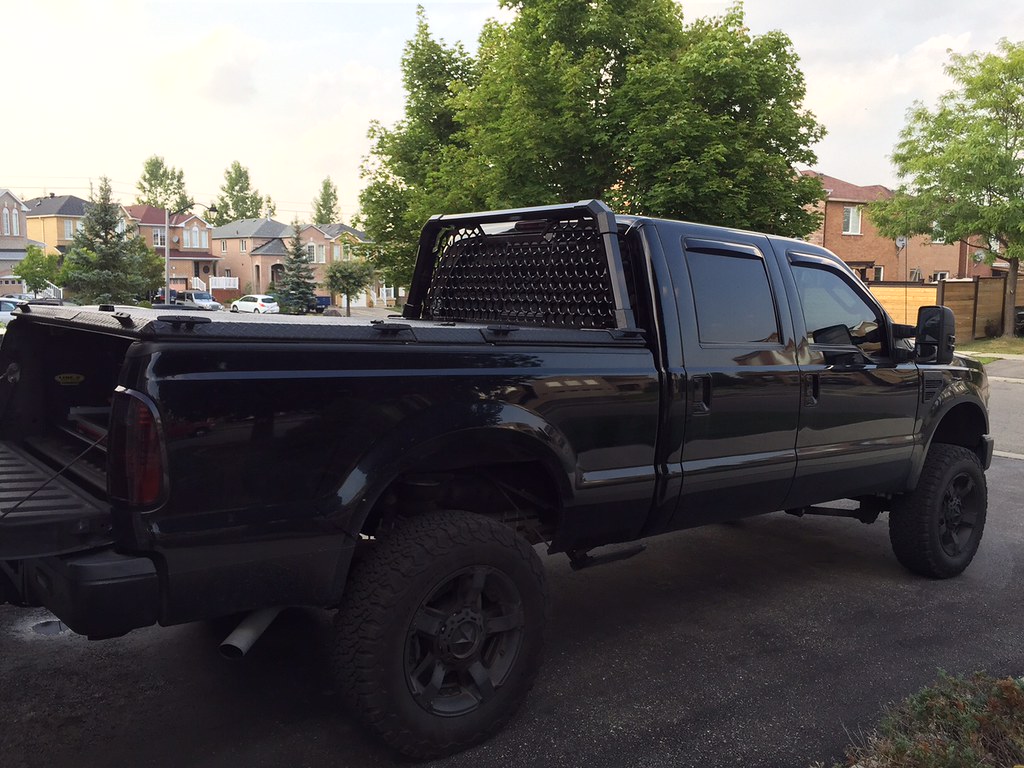
5. **”I might (trade-in), it depends on whether or not you can match or beat these written offers that I have already received.”**
Once you’ve successfully negotiated and agreed upon the out-the-door price for your new truck, the conversation can finally shift to your trade-in. At this point, the salesperson might ask, “Now that we have agreed to the out-the-door price, what about the car you drove here, will you be trading that in?” This is your moment to deploy a powerful, pre-prepared tactic: leveraging external offers.
Before ever stepping into the dealership, smart buyers should secure instant cash offers for their trade-in from various online sources or other dealerships. These written offers are your secret weapon. By presenting them, you provide concrete, competitive valuations for your vehicle, forcing the dealership to either match or exceed them if they want your trade-in business. This eliminates the guesswork and emotional attachment from the process, grounding the negotiation in objective market data.
This phrase is effective because it clearly communicates that you’ve done your research and are not beholden to the dealership’s initial trade-in valuation. You are giving them a clear target to hit, or beat, demonstrating that you are a savvy seller as well as a savvy buyer. It puts the onus on them to prove their competitiveness, ensuring you don’t leave money on the table when parting with your old truck.
Empowering yourself with pre-secured offers ensures you get the maximum value for your trade-in, which directly contributes to lowering the overall cost of your new truck. It transforms the trade-in from a dealer’s advantage into your own, optimizing every facet of the transaction. This small step in preparation can yield significant financial returns, making your entire truck-buying journey more efficient and cost-effective.

6. **”I’ll only discuss that with the Finance Manager.”**Even after successfully navigating the initial negotiation on the truck’s price and your trade-in, the salesperson may attempt one last push, asking about your desired monthly payment or down payment. This can feel like a repeat of earlier discussions, but it’s crucial to maintain your boundaries and stick to your strategy. The salesperson’s role is typically to close the vehicle sale, not to finalize the financing details.
This concise phrase serves as a firm yet polite redirection. By stating that you’ll only discuss these financing specifics with the Finance Manager, you reinforce the clear division of responsibilities within the dealership. It prevents the salesperson from making premature or informal commitments regarding your loan terms, which could be altered or miscommunicated later in the process. You’re ensuring that the right professional handles the appropriate discussion at the right time.
This strategy is about streamlining the flow of information and ensuring you’re having detailed financial conversations with the person whose primary role is to manage loans and related products. It keeps the negotiation phases distinct and prevents any overlap or confusion. You are guiding the conversation, not allowing it to be steered away from your well-planned sequence of steps.
Ultimately, this empowers you to control the pace and direction of your purchase. By maintaining a disciplined approach and directing specific inquiries to the relevant department, you protect yourself from potential missteps. This ensures that when you finally sit down with the Finance Manager, you’ve already secured the best possible price for your truck, allowing you to focus purely on optimizing your financing and making informed decisions about any additional products.
Having successfully navigated the initial gauntlet of the sales floor, you’ve secured an optimal out-the-door price for your dream truck. But the journey to maximum savings isn’t over yet. The next crucial phase unfolds in the finance office, where different tactics and opportunities arise. This is where you’ll fine-tune your loan, address financing specifics, and prudently evaluate any additional products. Our final six powerful phrases are specifically crafted to empower you in this setting, ensuring you seal a truly smart deal, optimize your loan, and confidently sidestep costly extras that can easily erode your hard-won savings.

7. **”I have indeed and I have also secured a pre-approval from my credit union as a possibility for my loan.”**
Stepping into the finance office without pre-approved financing is like playing poker with a visible hand; you immediately lose leverage. A pre-approved loan from your bank or credit union is your secret weapon, establishing a clear benchmark for the interest rate the dealership needs to beat. This foundational step is often overlooked, but it’s critical for setting a firm limit on your budget and providing a tangible offer for the dealer to contend with, rather than allowing them to dictate terms from scratch.
When the Finance Manager (FM) asks about your comfort level with a monthly payment and loan term, this phrase is your instant power move. It immediately signals that you are an informed buyer who has done their homework, not someone who will passively accept the first financing option presented. You’re not just considering a loan; you’ve already put in the legwork to secure a competitive offer, which shifts the dynamic from them offering you a loan to them needing to earn your business.
This statement immediately transforms the conversation from a one-sided presentation into a competitive negotiation. You’re subtly telling them, “I have options, and you need to impress me.” It compels the finance department to genuinely compete for your loan, ensuring they focus on offering you their best possible rate from the outset. This direct approach empowers you to control the financing narrative, forcing the dealership to work harder to secure your business.
Securing a pre-approved car loan from your bank or credit union before visiting a dealership offers two significant advantages. First, it allows you to inform the salesperson that you already have a loan lined up, challenging them to beat your pre-existing interest rate. Second, and equally important, it establishes a firm limit on your budget, preventing the temptation to overpay for unnecessary trims or options once you’re on the lot.

8. **”I would assuming that you can beat the pre-approved rate that I have. Here is the pre-approval terms sheet from my credit union with all the particulars.”**
Having established that you possess a pre-approval, this next phrase is where you lay your cards on the table, but strategically. You’re not just mentioning a pre-approval; you’re challenging the dealership to surpass it. By explicitly stating your expectation for them to beat your rate, you create a direct competitive scenario, forcing the finance manager to engage in genuine negotiation rather than simply presenting their standard offers.
Crucially, you don’t just mention the pre-approval; you back it up with concrete evidence. Handing over the “pre-approval terms sheet from my credit union with all the particulars” provides the finance manager with every detail they need to evaluate and, hopefully, undercut your existing offer. This level of transparency on your part demands reciprocal effort from them, making it impossible for them to dismiss your pre-approval as a vague figure.
This approach transforms the finance office from a place of passive acceptance to an arena of active competition. You’ve compelled the dealership to vie for your financing business, allowing you to shop different lenders for the best loan rates, just as you shopped at other dealerships for the best car prices. This tactical move ensures you are in the driver’s seat, maximizing your chances of securing the lowest possible interest rate.
This strategic presentation empowers you to leverage external offers, making the dealership work for your business. It effectively uses the competition between lenders to your advantage, driving down the interest rate on your loan. Remember, every fraction of a percent saved on your interest rate translates into significant savings over the life of your loan, adding up to hundreds or even thousands of dollars.

9. **”Yes, if you beat it by at least ¼ of a percent. And I promise to at least listen to any finance and protection packages that are available.”**
This phrase refines your challenge to the finance manager with a precise, actionable target: not just beating your rate, but exceeding it by a specific margin. The “¼ of a percent” is a tangible goal, making it clear what it takes for them to earn your business. It prevents vague offers and ensures any improvement they propose is truly meaningful to your bottom line, setting a high bar for their competitiveness.
Following this firm condition, you offer a strategic olive branch: “And I promise to at least listen to any finance and protection packages that are available.” This isn’t a commitment to buy, but an agreement to hear them out. It’s a calculated concession that can make the finance manager more receptive to lowering the interest rate on your loan, as it gives them an opening to potentially sell other products.
This intelligent approach creates a win-win scenario, or at least the perception of one. You gain a better interest rate, and they get an opportunity to present additional offerings. It demonstrates that you are a reasonable, yet discerning, customer who is open to value, but only after your primary financial terms are met. This reciprocity often yields better results than a flat refusal to engage.
It’s a powerful method to incentivize the finance department. Dealerships often receive incentives from car manufacturers when a shopper uses the automaker’s financing arm for new cars. By giving them a clear path to secure your financing, contingent on a superior rate, you align their incentive with your savings, potentially unlocking a better overall deal.

10. **”Possibly, if we can agree to a reasonable selling price on any items that I think have value. Oh, and if I do buy any products I would at least expect you to give me the buy rate from the bank on my loan. Once again though, you will need to beat my credit union rate by at least ¼ of a percent for me to even consider it.”**
As the finance manager begins to discuss additional products, this phrase serves as your firm yet flexible boundary. You express openness to their offerings, but only if they represent genuine value to you and come with a “reasonable selling price.” This prevents them from simply adding on expensive, unnecessary extras and forces a negotiation on each individual product’s merit, putting you in control of what you decide to purchase.
Then comes the truly advanced move: demanding the “buy rate from the bank on my loan” if you opt for any of their products. The buy rate is the wholesale interest rate the bank charges the dealership, before the dealership adds its markup. By asking for this, you demonstrate an acute understanding of their internal pricing structure, indicating you’re a highly informed buyer. This demand puts immense pressure on them to offer their absolute best terms, minimizing their profit on the loan in exchange for potential revenue from an add-on sale.
This sophisticated negotiation tactic ensures that if you do decide to purchase an extended warranty, GAP coverage, or a maintenance plan, you are doing so from a position of power, having optimized both your loan rate and the price of the add-on. It’s about breaking down the complex car-buying process into manageable, sequential steps, ensuring you get the best deal on every component, not just the vehicle itself.
Always ensure any add-ons you consider, such as a Vehicle Service Contract (extended warranty) or GAP coverage, truly provide value and are competitively priced. For instance, asking if GAP coverage pays 150% and your deductible, or if a maintenance plan covers major services, helps you determine genuine utility. Be wary of dealer pricing on electronics warranties, which can often be found for less elsewhere. This meticulous approach prevents you from buying things you don’t necessarily need or overpaying for ones that could be beneficial.
This phase also helps you avoid getting swept up in the emotion of the moment. By clearly stating your conditions for considering additional programs and demanding transparency, you’re empowering yourself to make rational, financially sound decisions. You’re ensuring that any decision to purchase an add-on is a deliberate choice based on actual value, not a hurried upsell.
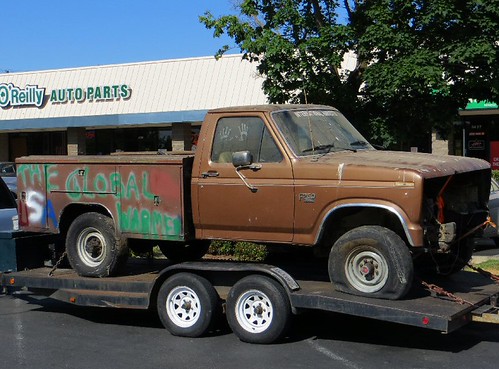
11. **”But first, before we go over product benefits, where is my base payment, amount financed, term and interest rate?”**
Dealership finance managers are adept at immediately pivoting to the enticing benefits of various add-on products, hoping to capitalize on your fatigue and excitement. This phrase acts as a crucial circuit-breaker. It re-establishes your agenda and prevents the finance manager from clouding your judgment with product pitches before you have the fundamental financial figures clearly laid out. You are demanding transparency and control right from the start of the add-on discussion.
Before you can make an informed decision about any additional products, you absolutely need to know the foundational elements of your loan: the “base payment, amount financed, term and interest rate.” These figures represent the true cost of your truck, without any extras bundled in. Without this clear breakdown, it’s impossible to accurately assess the incremental cost of any add-on, making you vulnerable to the monthly payment trap where small additions seem insignificant.
By insisting on these core numbers upfront, you empower yourself to evaluate each potential add-on individually. When they present a product, you can then ask, “Please write the actual product price next to each one,” rather than just accepting how it “changes your payment by this much.” This allows you to negotiate prices down on any products you genuinely want, ensuring you’re not overpaying for something that could be far cheaper elsewhere.
This strategy is about ensuring you have a complete and unbundled understanding of your financing. It prevents the finance manager from obscuring the actual cost of owning a car by lumping everything into a single, seemingly manageable monthly payment. By demanding clarity on your base loan terms, you retain full control over your budget and purchasing decisions.
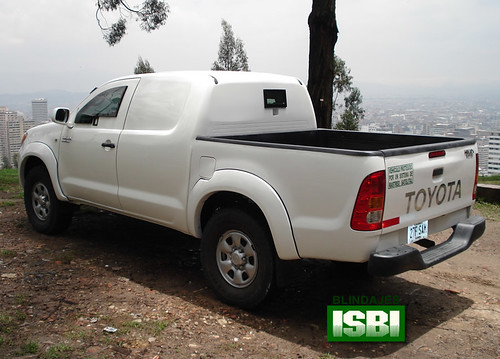
12. **”Please print my Bank Contract and Purchase Order first so I can go over them.”**After all the negotiation, the offers, and the careful consideration of add-ons, the final hurdle is reviewing the mountain of paperwork. It’s easy to feel rushed at this point, but this phrase is your non-negotiable demand for time and clarity. You are asserting your right to meticulously review every detail of the Bank Contract and the itemized Purchase Order *before* putting your signature on anything, preventing costly errors or last-minute additions.
This crucial step is your last line of defense against hidden fees or discrepancies. You must “Go over each line of your itemized Purchase Order and make sure the bottom line (amount financed) on both documents match!” This diligence prevents the dealership from sneaking in unexpected extras or subtly inflating prices that you’ve already negotiated. It’s the ultimate check for the efficiency and optimization you’ve strived for throughout the entire process.
Remember, “Sometimes dealerships tack on extra amenities, like window tinting or nitrogen-filled tires, that can increase your negotiated price by hundreds of dollars.” Your careful review of the printed documents allows you to spot and challenge these before they become legally binding. This is also where you confirm that the purchase price, trade-in value, and any agreed-upon add-ons are exactly as discussed.
By taking the time to review every piece of paper, you maintain control and ensure that the final agreement accurately reflects all your hard-won negotiations. This empowers you to walk away from the dealership feeling confident, knowing you’ve secured the best possible deal and avoided any last-minute surprises. This commitment to detail is what truly seals the smart deal, safeguarding your savings and ensuring complete satisfaction with your new truck.
This final, comprehensive review acts as a safeguard, ensuring that every term and figure aligns with your expectations. It’s an empowering act that ensures the dealership delivers precisely what was agreed upon, leaving no room for ambiguity or costly misinterpretations. This is how savvy buyers protect their investment and drive away with peace of mind.
**Driving Away Smart, Saving Thousands**
Navigating the purchase of a new truck doesn’t have to be a bewildering or stressful ordeal. As we’ve seen, with the right preparation and a set of powerful, actionable phrases, you can transform the experience from a dreaded endurance test into a genuine triumph. These twelve simple negotiating phrases are more than just words; they are tools that empower you to demystify complex transactions, confront common dealership tactics head-on, and ultimately save potentially thousands of dollars.
From confidently asserting your focus on the out-the-door price to strategically leveraging pre-approved financing and meticulously reviewing final paperwork, each phrase builds your advantage. You’ve learned how to isolate negotiations, create competitive environments, and ensure every dollar you spend is truly for value. The difference between an informed buyer and an unprepared one can literally mean thousands of dollars, and now you are undeniably the former.
Our team of Car Coaches, drawing on decades of automotive industry experience, crafted this guide to empower you to buy a car without the hassle. By applying these clear, concise, and problem-solution oriented strategies, you’re not just buying a truck; you’re mastering a life skill. Drive away feeling proud of what you’ve accomplished, knowing you’ve secured the best possible deal. Get ready to enjoy your new ride, knowing you made the smartest financial decision possible.



